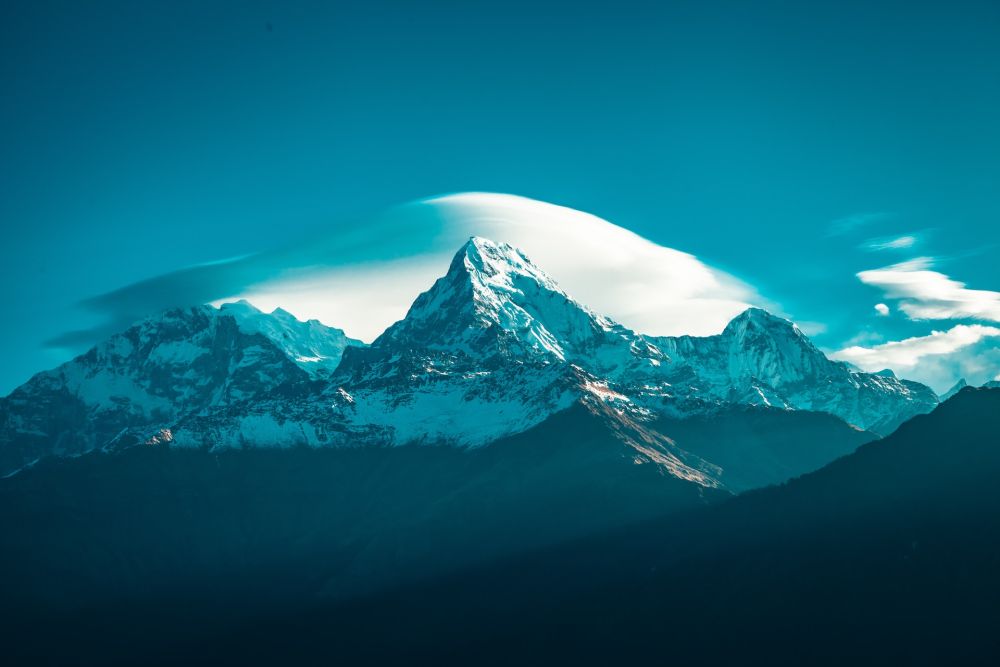

The Himalayas, etymologically the "Abode of Snow", is a majestic mountain range stretching across five countries in Asia: India, Nepal, Bhutan, China, and Pakistan. Within India, the Himalayas extend across several northern states, including Jammu and Kashmir, Himachal Pradesh, Uttarakhand, Sikkim, and Arunachal Pradesh. This colossal range is not only famous for its high peaks but also for its cultural significance, biodiversity, and climatic influence on the Indian subcontinent.
The Indian Himalayas are geologically vibrant and relatively young, having been formed by the ongoing tectonic collision of the Indian Plate with the Eurasian Plate. This collision, which began about 50 million years ago, gives rise to the seismic activity experienced in the region today. The process has sculpted a variety of landforms within the range, from high-altitude desert landscapes to soaring, ice-capped peaks.
The Indian Himalayan Region is home to some of the world's highest peaks, including the famous Mount Everest, which lies on the border between Nepal and China, and Kanchenjunga, the third highest peak globally, which straddles the border between India and Nepal. Other notable peaks in India include Nanda Devi, Kamet, and the Nun Kun massif.
Diverse ecosystems flourish in the changing climates and altitudes of the Himalayas. The range supports unique habitats that are home to rare and endangered species, such as the snow leopard, Asiatic black bear, and the Himalayan musk deer. Vegetation ranges from tropical forests at lower elevations to alpine meadows and permanent ice and snow at the highest elevations.
The Himalayas hold a profound place in the spiritual life of the Indian people. Several pilgrimage sites are nestled in these mountains, including the Char Dham, comprising Badrinath, Kedarnath, Gangotri, and Yamunotri. The mountains also inspire countless myths and legends that are integral to the Hindu and Buddhist traditions.
The Himalayan range in India attracts adventurers and tourists from across the globe, offering opportunities for trekking, mountaineering, and skiing. Popular destinations include Shimla, Manali, Leh-Ladakh, Darjeeling, and the scenic valleys of Kashmir. The unparalleled natural beauty of the Himalayas continues to be a draw for those seeking respite or adventure amidst towering peaks and serenity.
The Himalayas face significant environmental challenges, including deforestation, melting glaciers due to global warming, and pollution. Conservation efforts are crucial to protect this critical ecosystem, which is a source of water for major rivers like the Ganges, Yamuna, and the Indus, supporting millions of people in the subcontinent.